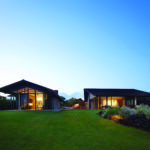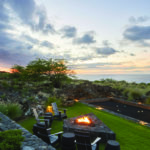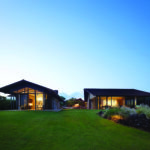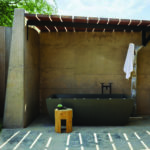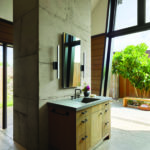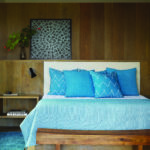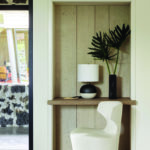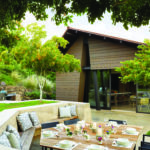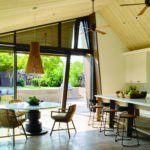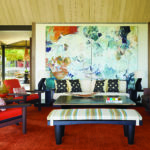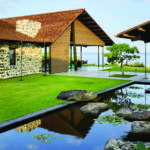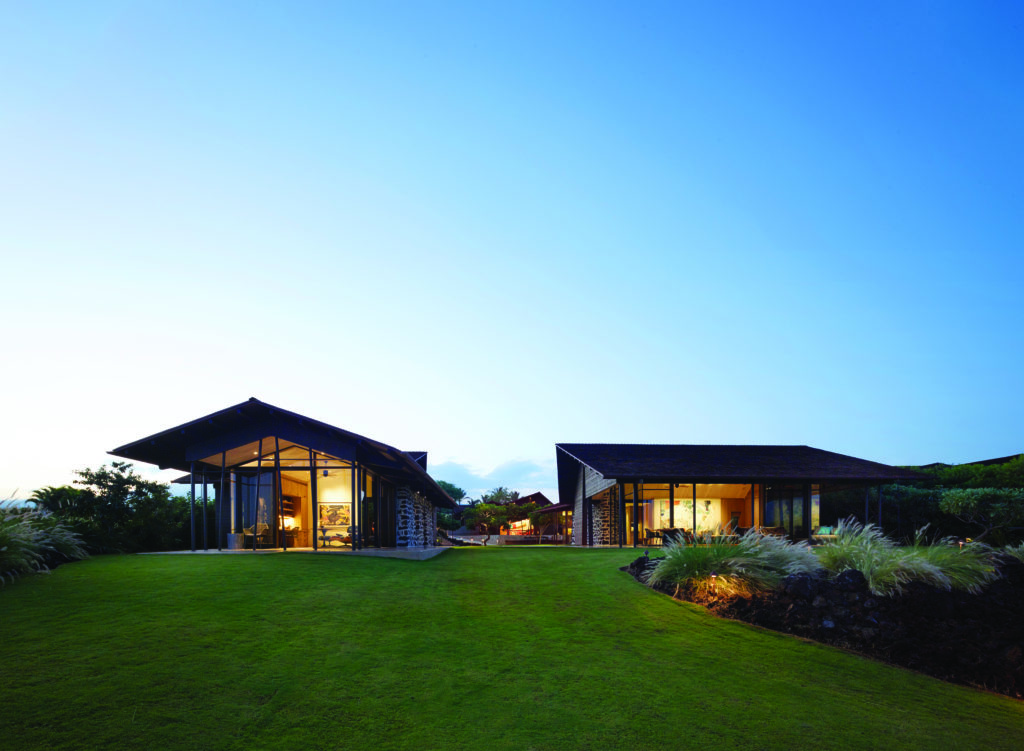The Power of Place
Author:Anh-Minh LeIn Hawaii, a modern family compound is thoughtfully infused with traditional references
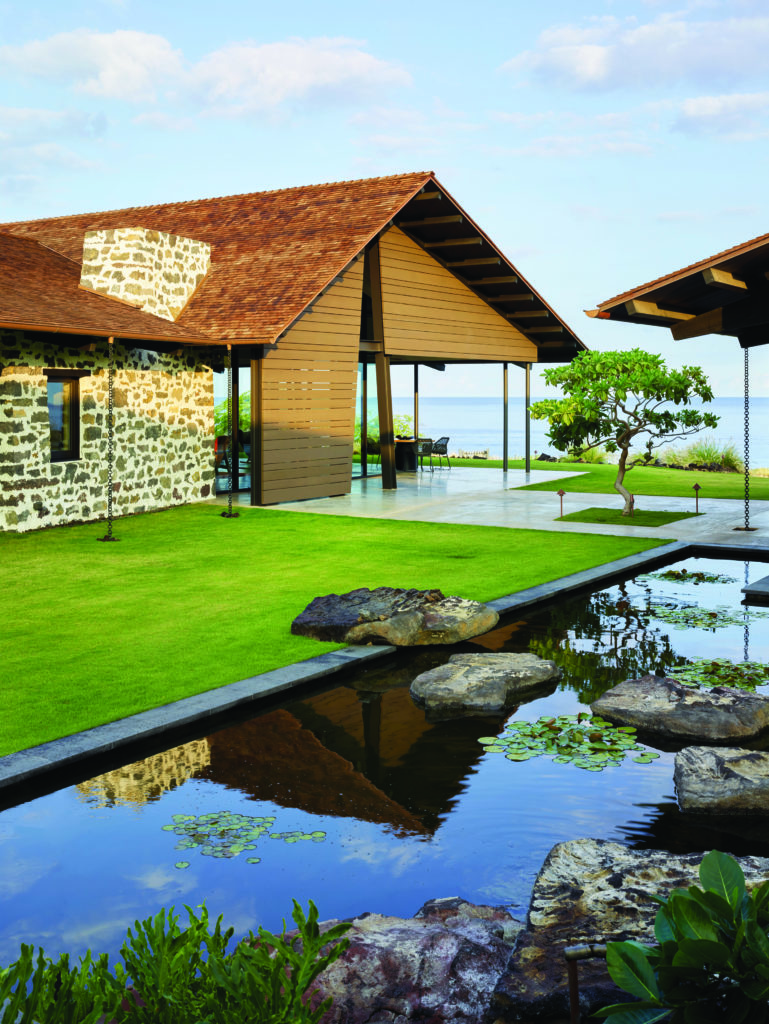
As architect Greg Warner embarked on a project in his native Hawaii, a field trip was in order. He brought his client, a resident of the Pacific Northwest who had purchased a vacation property on the Big Island, to the nearby campus of his alma mater, Hawaii Preparatory Academy, which is populated with buildings designed by renowned modernist architect Vladimir Ossipoff. Of particular interest was Davies Chapel. The 1967 structure, comprised of simple materials, demonstrates a sensitivity to its surroundings and climate. “I took the client’s reactions to heart—what resonated with him—and that informed some of the choices we made for his home,” recalls Warner, principal of San Francisco-based Walker Warner Architects.
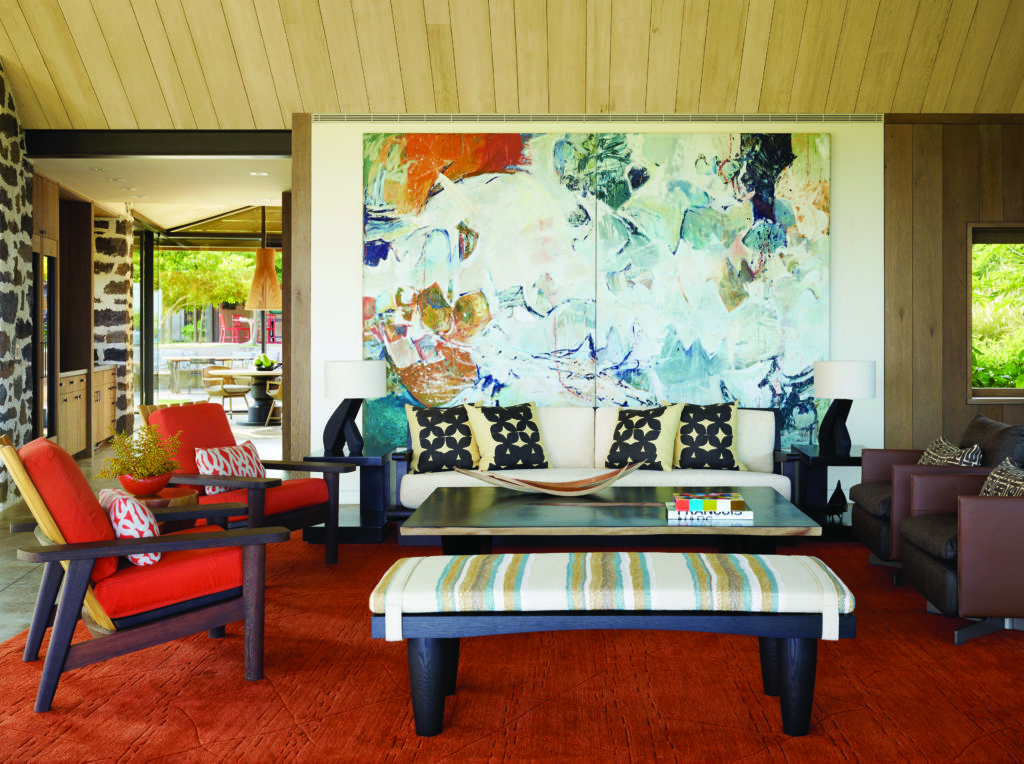
The project culminated in four buildings that make ample use of cedar, steel, glass and concrete. “I wanted the material palette to feel better as it aged,” says Warner. Behind two oceanside hales—the client’s primary lodging and a main house intended for gatherings—are the guest accommodations, one of which contains a rec room. The topography creates “a theatre-like setting,” he continues, “where you have a transitional rise from the back of the property that descends toward the ocean.”
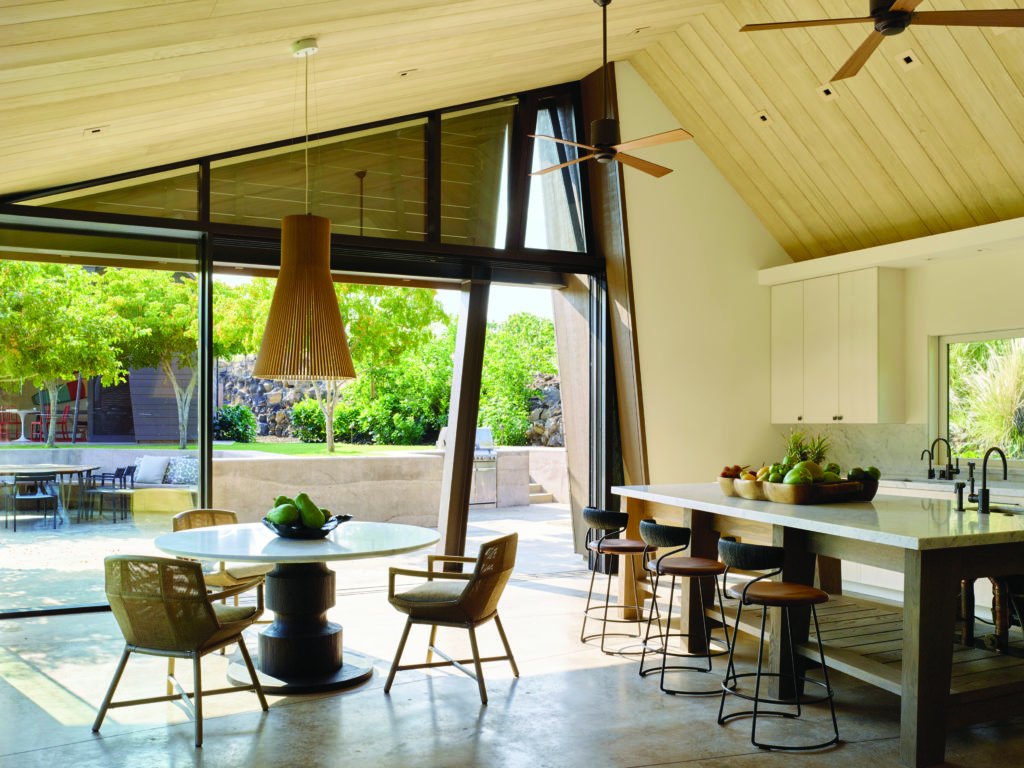
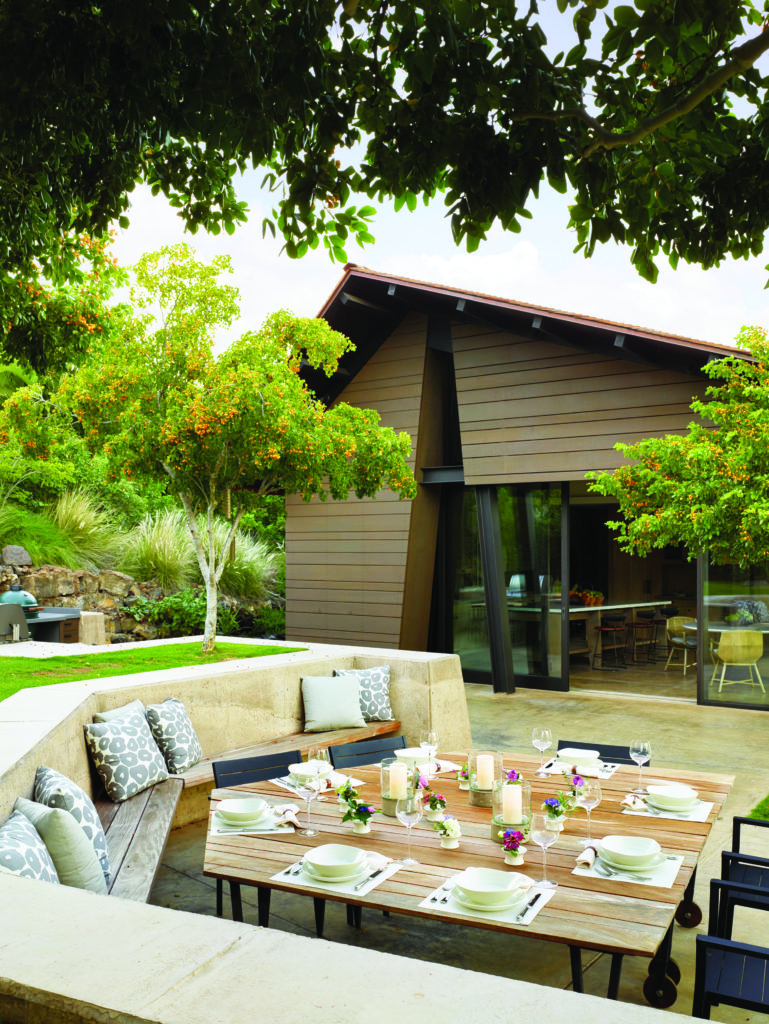
Photos by Matthew Millman.
Warner likens the grouping to a village, with both private and communal venues; the latter include an alfresco dining area, koi pond, pool and bocce ball court. Interior designer Marion Philpotts-Miller of Philpotts Interiors, who closely collaborated with Warner and project architect David Shutt, describes the compound as “the classic Hawaiian ohana family environment. It works well for the client and his girlfriend when they’re here alone and also when they have friends and family visiting.”
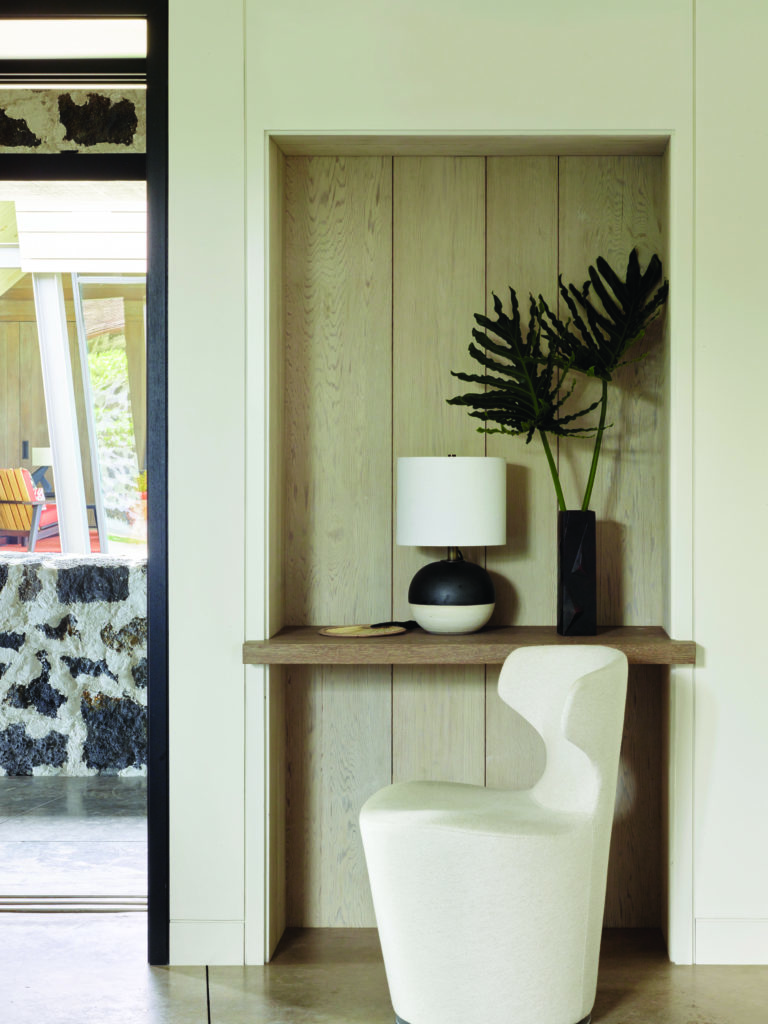
Photos by Matthew Millman.
Taking inspiration from a jeep road that once ran through the site, Warner devised a central footpath from the entry gate that traverses between the buildings. “The flow of movement through the property is derivative of that early jeep road,” he says. There are nods to the past elsewhere, too: Researching old churches, agrarian buildings and a preserved fishing village led to features such as the heavily mortared stone, asymmetric rooflines and rhomboidal openings.
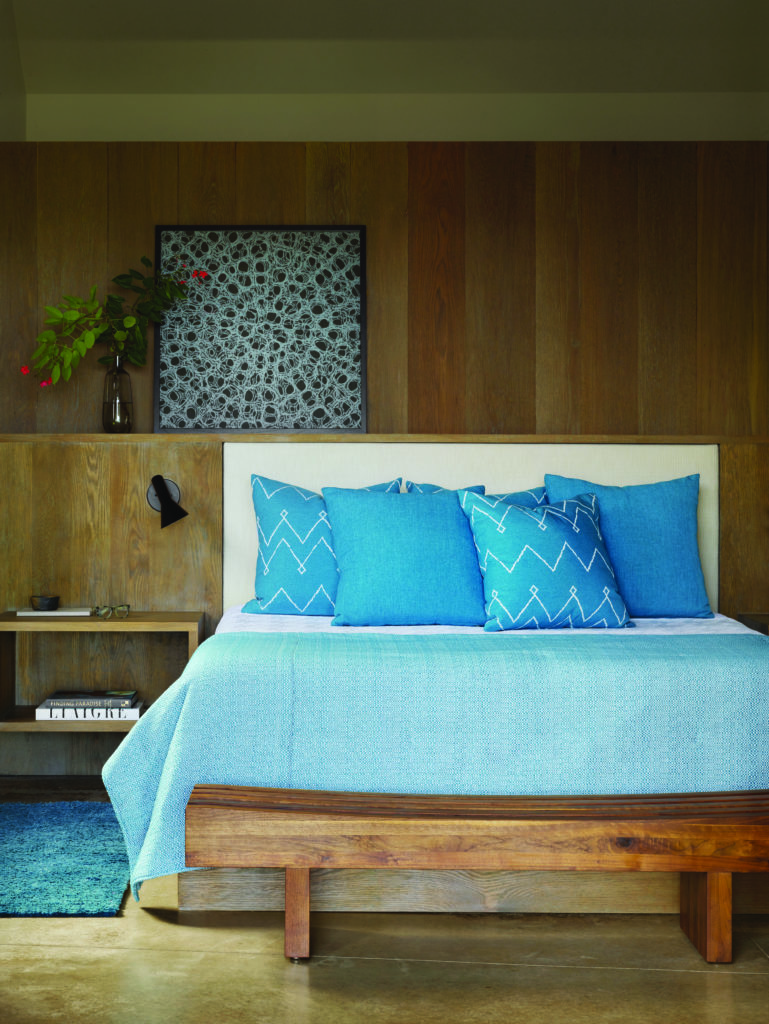
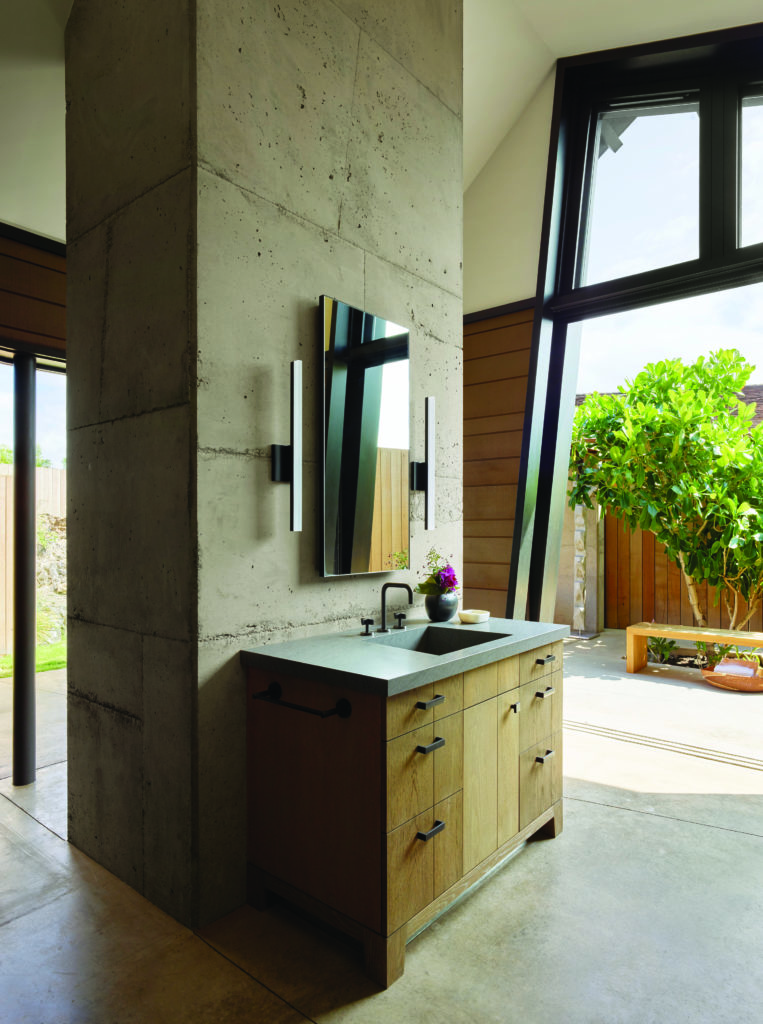
As with Ossipoff’s repertoire, the seamless integration of indoors and outdoors was also a priority with this residence. The client’s bathroom, for example, boasts an open-air tub. “A room doesn’t necessarily have to have four walls and a roof,” notes Warner. The main hale, which has a lanai and houses the kitchen, spills out into a courtyard with a built-in concrete banquette for dining. Shutt and Philpotts-Miller conceived a trio of teak-topped tables that can be arranged in various configurations. “In Hawaii, entertaining outside—being able to sit out under the stars and eat—is just really magical,” says the interior designer.
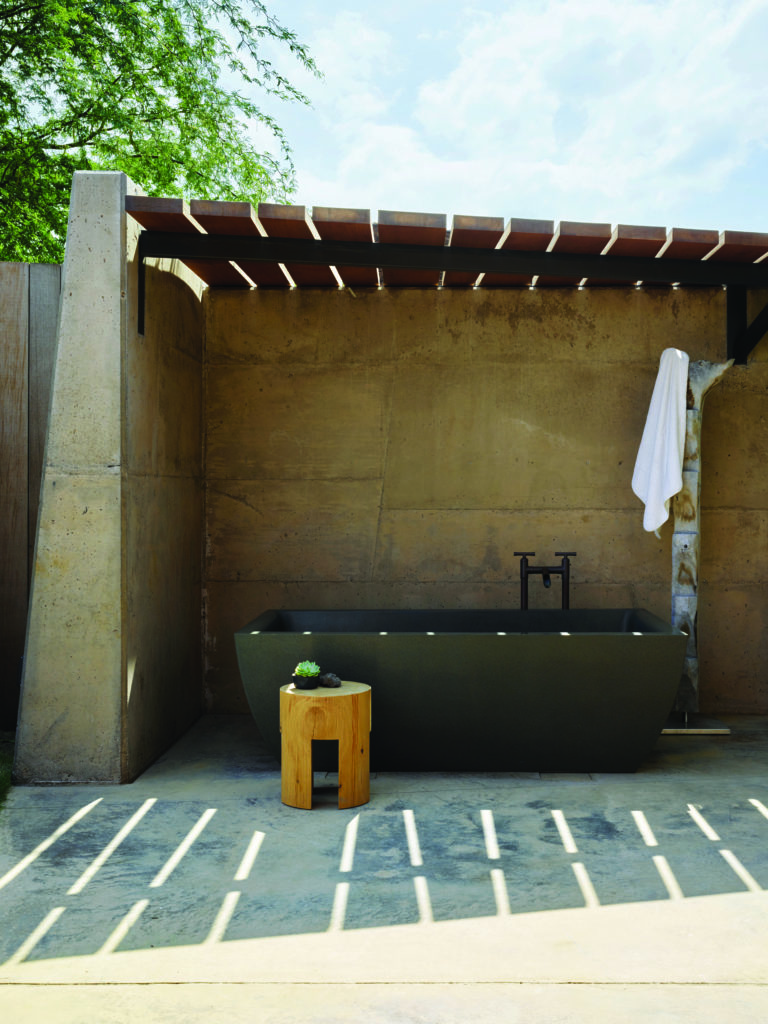
A large-scale painting by Lee Kelly served as the basis for Philpotts-Miller’s palette. The cushions of the Christian Liaigre lounge chairs in the living room as well as the Emeco seating in the rec room are vibrant shades of orange. Blue and yellow hues appear in the bedrooms. The art in the study—including the client’s collection of calabash bowls and a serigraph by Japanese artist and longtime Hawaii resident Mayumi Oda—connects to the locale. “We talk a lot about the power of place,” says Philpotts-Miller. “It’s such an honest and essential way to develop a design vocabulary and celebrate it.”
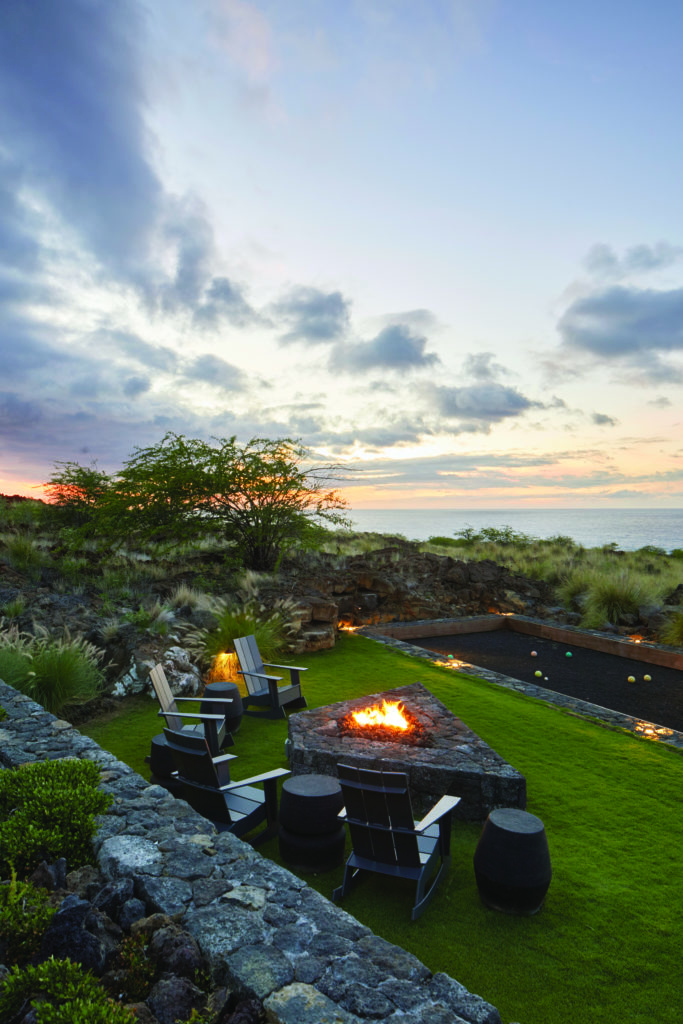
The ultimate homage to the land and location is the architecture itself, especially the positioning of the hales to allow for the walkways and the courtyard on the property. “So often you build in the middle of a site,” she says. “In this case, it was brilliant of Greg to push the buildings to the side. There’s nothing visually disturbing that breadth between the mountains and the ocean.”
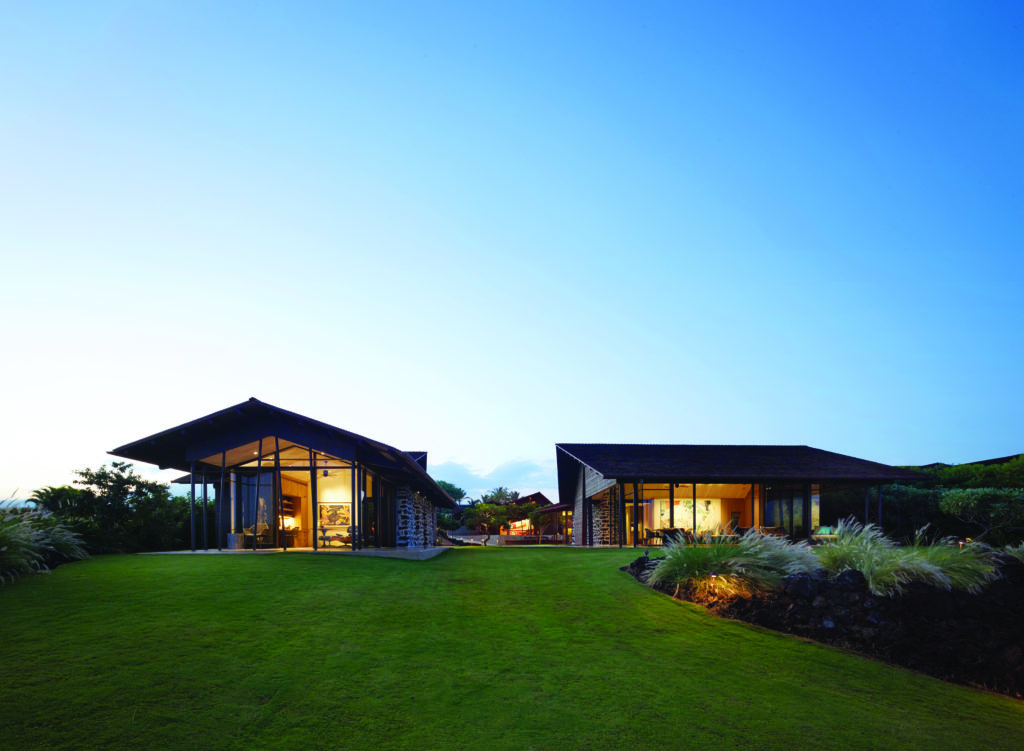
Photos by Matthew Millman.
